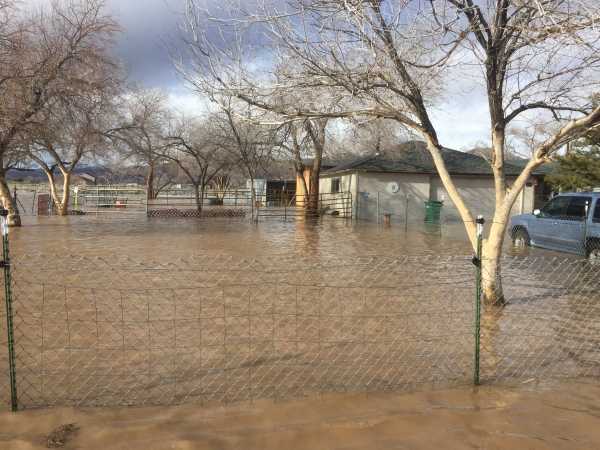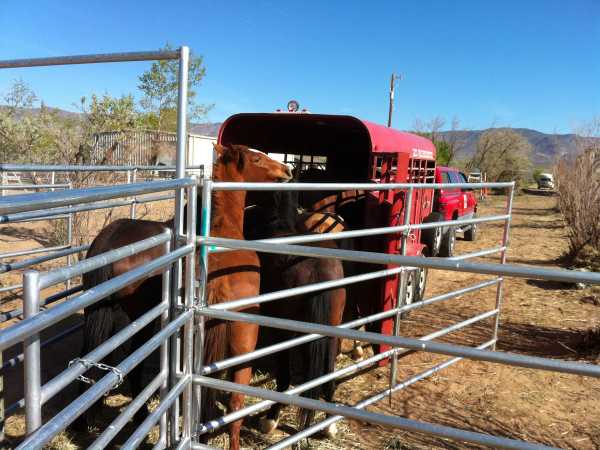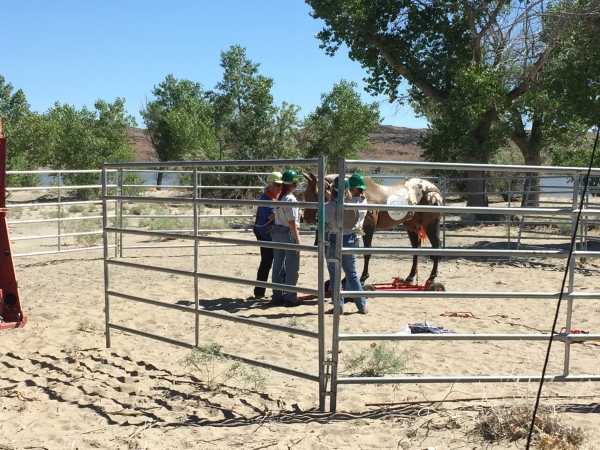
|
Least Resistance Training Concepts
|

|

Part Four
CERT volunteers practicing basic horse handling techniques.
|
| Organizing Effective Evacuation Programs |
|
This feature is a continuation of Part Three.
When organizing a community or regional emergency response team it is usually best to identify needs, priorities and opportunities. These elements are discussed below.
1. NeedsCommon examples of identified needs include:

2. PrioritiesCommon examples of identified priorities include:
Note 1: With volunteer responders one cannot count on everyone's availability at all times. A reasonable assessment must be made to determine turnout potential. Sufficient additional volunteers and assets should be recruited in order to be able to maintain a reasonably consistent response contingent. Furthermore, those recruits must be sufficiently trained.

3. OpportunitiesLocal agencies and other response groups may have some excess equipment that can be turned over to a newly organizing emergency response team. In other cases, certain types of material donations may resonate with potential donors. These items may not be highest on the priority list, but if they are identified needs, they should be acted upon. Additionally, while some equipment and supplies might be donated to the new team, other equipment should be identified that could be loaned by other entities for use during the team's emergency operations such as corral panels, stock tanks, etc. Common examples of opportunities include:
Continue to Coordinating with State and Local AgenciesReturn to Previous PageReturn to Page OneGo to Index of TopicsReturn to LRTC Emergency Training & Info Page© 2017 Least Resistance Training Concepts. All rights reserved.
|
